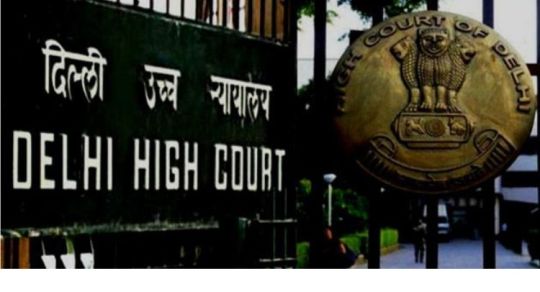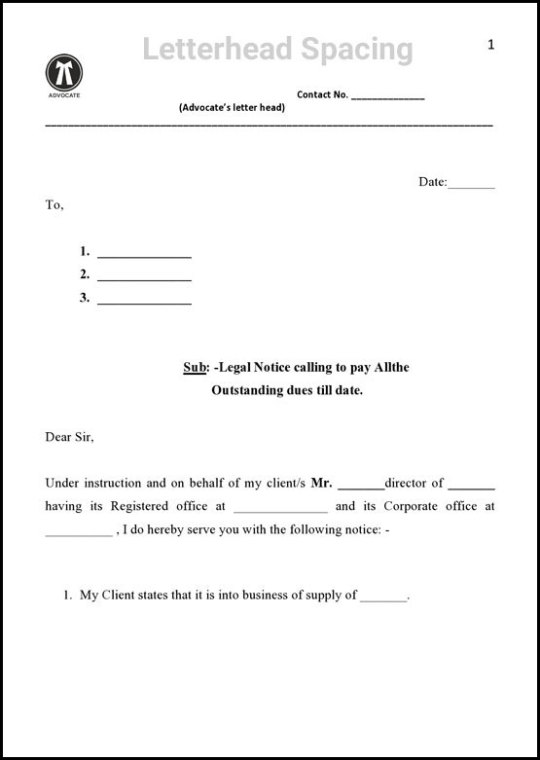#demandnotice
Text
The Case of the Missing TDS: A Story of Tax Evasion and Justice
Harshdip Singh Dhillon v. Union of India Through Commissioner of Income Tax TDS
WP©10828/2019
Before Delhi High Court
The bench of Hon’ble Mr. Justice Girish Kathpalia & Hon’ble Mt. Justice Rajiv Shakdher allowed the Writ and set aside the demand notice dated 04.02.2019.
The Respondent were directed to allow credit of TDS deducted by his employer for the Assessment Year 2013-14 to the petitioner vide judgment dt. 04.01.2024.
Background
The petitioner-Harshdip Singh Dhillon has prayed for setting aside demand letter dated 04.02.2019 qua outstanding tax liability pertaining to the Assessment Year 2013-14 and for allowing credit to the petitioner against the Tax Deducted at Source (TDS) for the assessment year 2013-14 by his employer.
Respondent entered appearance through counsel and filed counter affidavit.
Facts
The petitioner was employed with Tulip Telecom Ltd. as Associate Vice-President during the period November 2011 to May 2013 and he resigned from service on 07.05.2013 with effect from 09.05.2013.
For assessment years 2011-12 and 2012-13, the employer of the petitioner deducted Tax at Source (TAS) on the salaries paid to petitioner but the deducted tax pertaining to the assessment year 2012-13 was not deposited by the employer with the Income Tax authorities.
The employer of petitioner also failed to issue the requisite TDS certificate, so the petitioner informed the concerned Income Tax Officials about the default, but no action was taken.
The petitioner filed a petition seeking winding up of the employer company by way of Company Petition under Section 433(e)&(f) read with Section 434 of the Companies Act, in which liquidator was appointed.
Instead of granting credit of the TDS pertaining to the assessment year 2012-13, the respondent issued intimation dated 03.12.2015, thereby raising demand of Rs.15,77,240/- against the petitioner towards outstanding tax liability.
The petitioner made various representations to the respondent/revenue informing them about the defaults on the part of his employer. Ultimately, the respondent/revenue issued the impugned demand notice dated 04.02.2019, thereby again raising a tax demand of Rs.15,36,220/- against the petitioner. Since the respondent/revenue did not clarify the situation despite being approached by the petitioner, the present petition was filed.
Submission of the Respondent
The respondent/revenue in its counter affidavit did not dispute that the petitioner had received salary after deduction of tax.
The amount due to the petitioner towards salary for the months of December 2012, January 2013 and March 2013 was not actually paid to the petitioner by his employer, so the employer had no obligation to deduct tax at source and consequently the respondent/revenue is under no obligation to allow credit of the same.
Issue
Whether any recovery towards the outstanding tax demand can be effected against the petitioner in view of the admitted position that the tax payable on his salary was being regularly deducted at source by his employer who did not deposit the same with the authorities.
Observation of Court
Since the petitioner accepted salary after deduction of income tax at source, it is his employer who is liable to deposit the same with the revenue authorities and on this count, the petitioner cannot be burdened.
We find no substantial question of law to be considered by us in this appeal.
Seema Bhatnagar

#TDS#Tuliptelecomltd#demandnotice#outstanding#taxliability#challenged#employee#writpetition#delhihighcourt
2 notes
·
View notes
Video
youtube
Response to outstanding demand|Notice received u/s 143(1)|How to reply to demand notice|LIVE DEMO
#demandnotice #incometax #itr #accountant #accountants #business #businessowners #msme
#youtube#response to outstanding demand#notice received u/s 143(1)#how to reply to demand notice#demand notice#accountants#consultants#msme
0 notes
Text
Demand Notice Format

A demand notice is a legal statement of debt owed and the final request made to pay the amount, failing which legal actions will be taken. It is an intimation of a demand or payment claim made by one party to the other party. Notice can be verbal or written, depending on the nature of the claim. It can also be used as a reminder to pay outstanding dues.
Although they are legally required, it is most issues in contract law, tort law.
As per section 220, the receiver should pay the amount specified in the demand notice format within 30 days from the date the message has been served.
According to the law, you are obligated to send a demand notice only in particular cases. And if you are unsure of sending a demand notice, it’s advisable to consult a lawyer.
It should contain the following.
1. Name and address of the person who is obligated to pay the amount before the due date.
2. You should specify all information on the money owing and the period for payment.
3. Intimation of upcoming legal proceedings if the money due is not paid within the prescribed time.
4. A proper acknowledgment needs to be given by the receiver of the letter. If no such action is taken within 15 days of the issue of notice, it is assumed that the person has received it according to the law.
0 notes